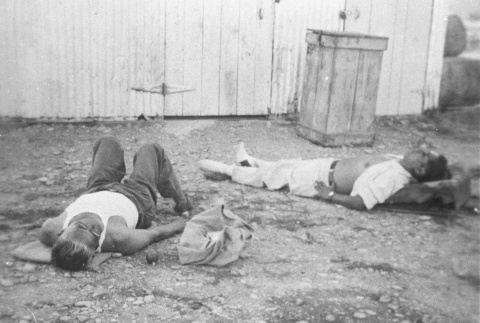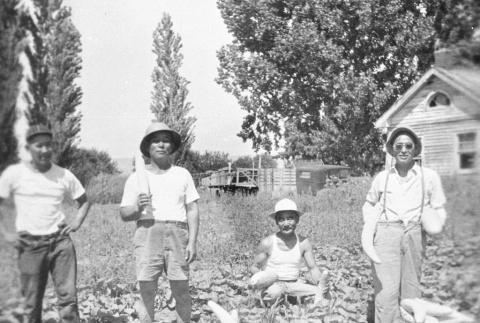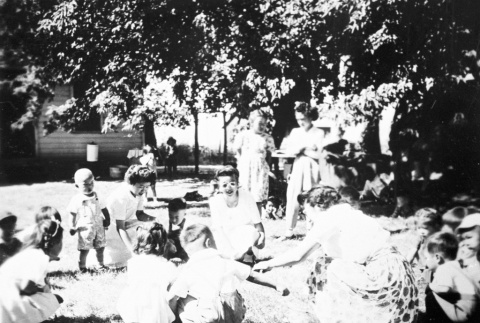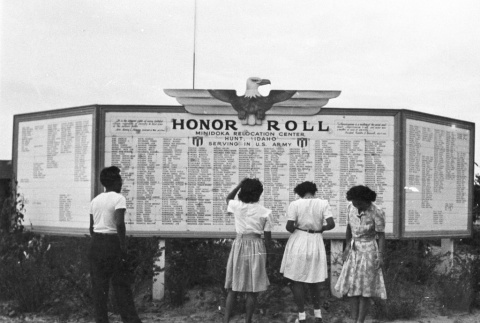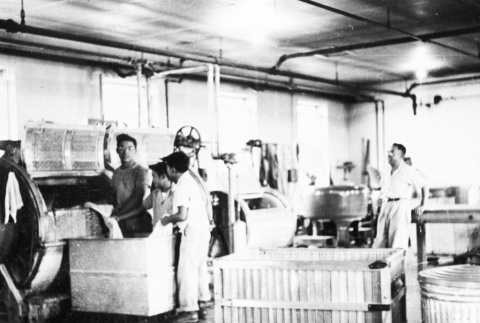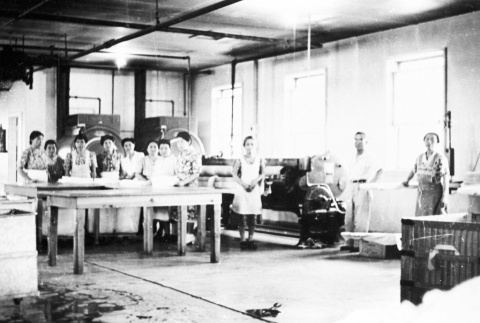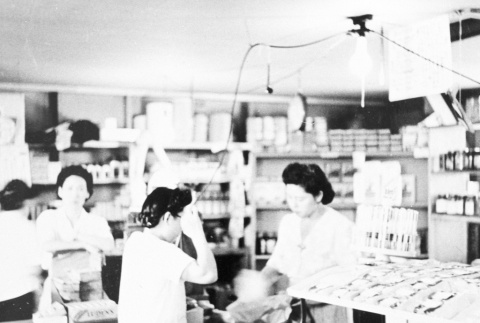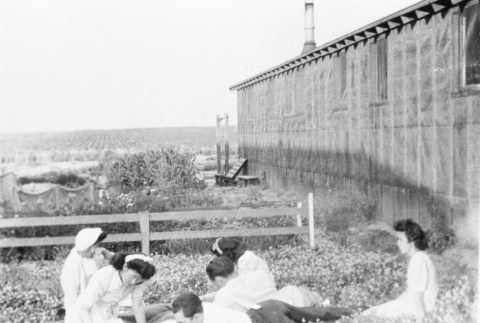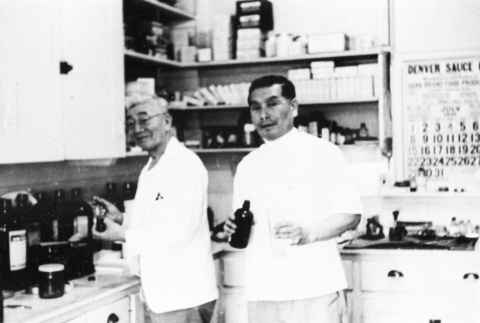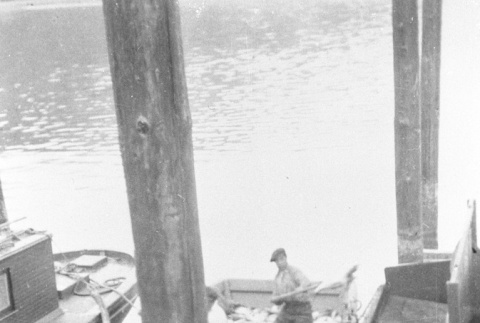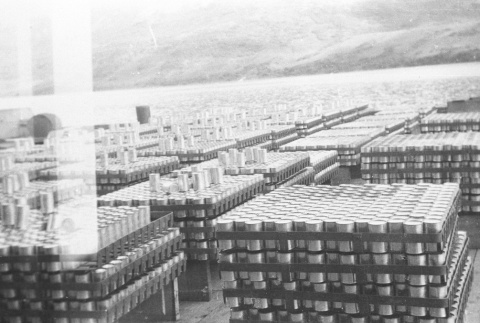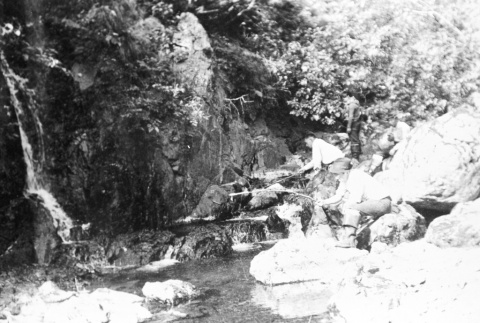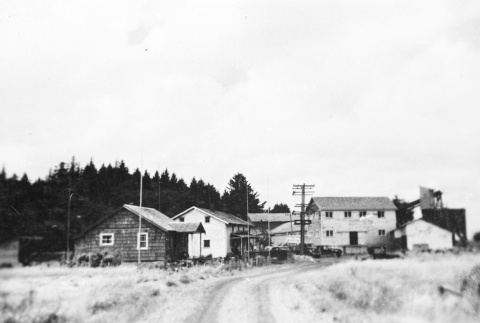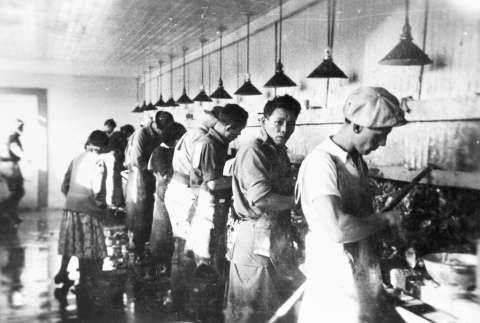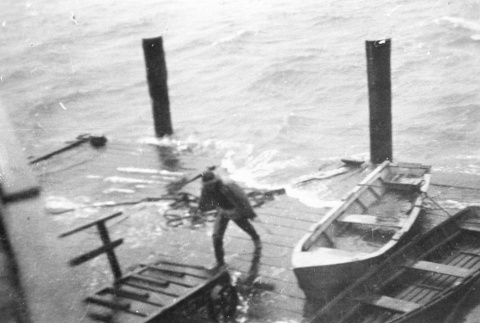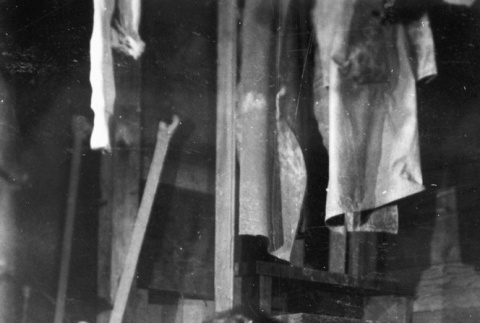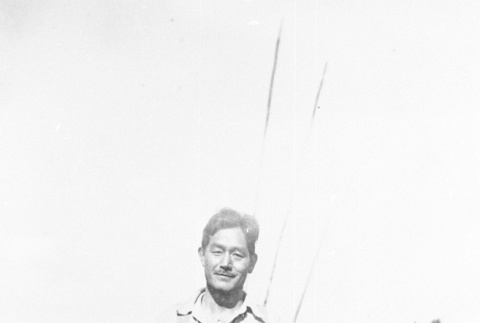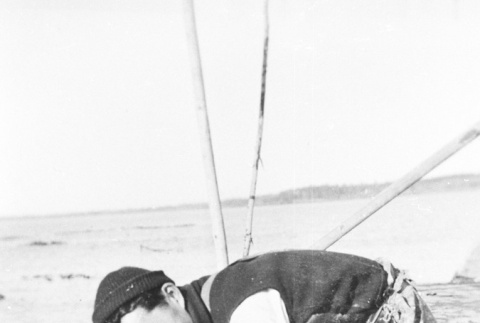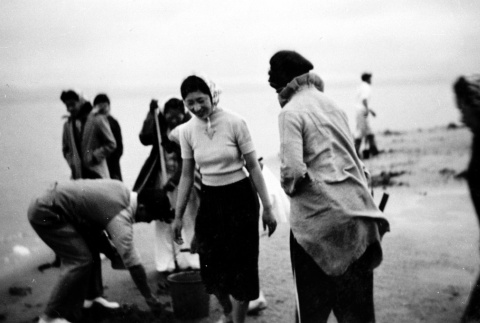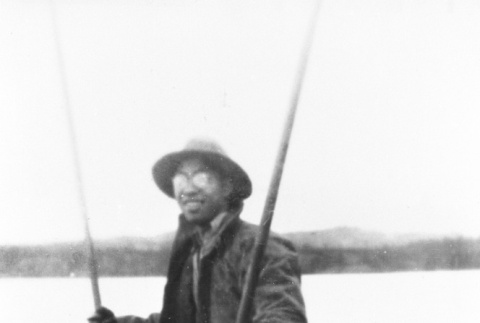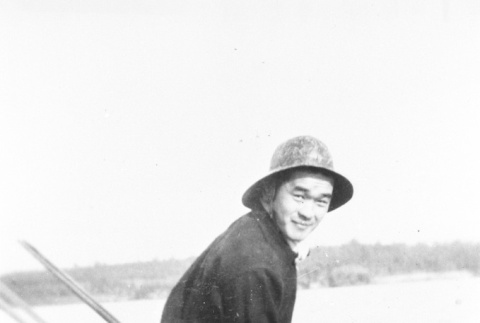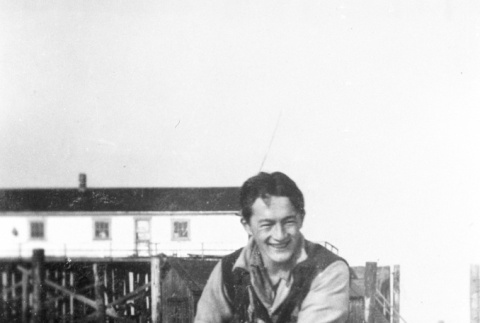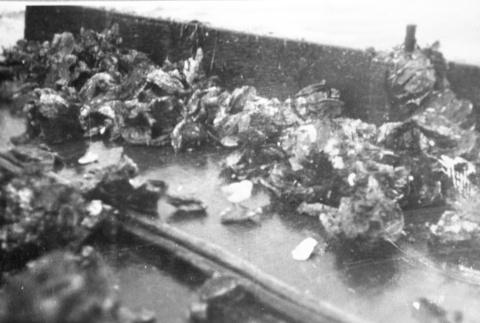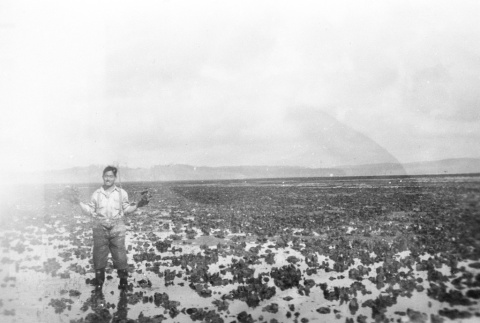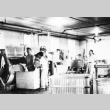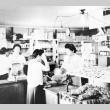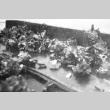Mitsuoka Collection ddr-densho-15
120 items
120 items

img
Two Japanese Americans sleeping (ddr-densho-15-79)
Two Japanese Americans resting after the camp's farm picnic.
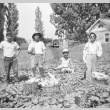
img
Japanese Americans picking vegetables (ddr-densho-15-80)
This farm may have belonged to a local Japanese American farmer.
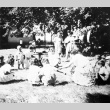
img
Japanese Americans at a picnic (ddr-densho-15-81)
This picnic may have taken place at a local Japanese American farm.
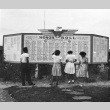
img
Honor roll (ddr-densho-15-82)
Japanese Americans looking at the camp's honor roll, a listing of all the Japanese Americans from the Minidoka concentration camp who volunteered for military service. Minidoka had the highest number of volunteers from the mainland United States.
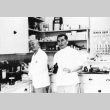
img
Hospital pharmacy (ddr-densho-15-87)
Mr. Izui (left) and a colleague inside the hospital pharmacy.
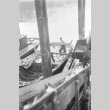
img
Salmon cannery (ddr-densho-15-88)
Mike Petrakov unloads salmon onto a conveyor belt for processing. Many Japanese Americans also worked for this same cannery.
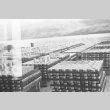
img
Canned salmon (ddr-densho-15-89)
The cans of salmon have been set out to cool after being cooked and cleaned.

img
Two men washing canned salmon (ddr-densho-15-90)
Fred Kosaka (left) and (first name unknown) Takehara wash cans of salmon that have just been cooked. Washing was necessary to remove debris produced during the cooking process.
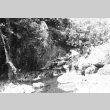
img
Two men fishing for trout (ddr-densho-15-91)
Fred Kosaka (top) and (first name unknown) Sano fish for Dolly Varden, a type of trout. The two men were in Alaska to work in the canneries.
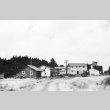
img
New Washington Oyster Company (ddr-densho-15-92)
Oyster companies, such as New Washington, hired many Japanese American workers during the harvesting season.
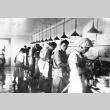
img
Shucking oysters (ddr-densho-15-93)
These Japanese Americans are shucking oysters on a table. Unshelled oysters were stored behind the wall shown here. The workers grabbed the oysters through an opening in the wall, opened them, placed the oysters in buckets, then deposited the shells on a conveyor belt below the worktable. Shuckers were paid by the bucket.
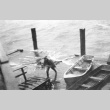
img
Station-house dock (ddr-densho-15-94)
Oyster-farm workers often lived in station houses built on pilings in the bay. Since the only way to access the house was by boat, the houses had floating docks, such as the one shown here.
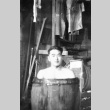
img
Oyster farmer taking a bath (ddr-densho-15-95)
Norio Mitsuoka taking a bath. The water supply was limited, and workers had to depend on rainwater, which was collected in vats (behind the barrel), for bathwater.
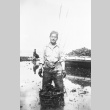
img
Oyster farmer (ddr-densho-15-96)
Mr. Okazaki gathering oysters in bushel baskets. When full, the baskets were emptied onto the bateau in the background. If the flats were muddy, the baskets were pulled to the bateau on wooden slats. The gloves worn by Okazaki were made from canvas covered with rubber. Because of the sharp oyster shells, a pair of gloves …
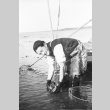
img
Oyster farmer (ddr-densho-15-97)
"Turk" Fujiya picking oysters at low tide. A bateau, or small barge, that carried the oysters is seen in the background to the right. Long poles were used to mark the cleared areas so that the bateau would not sit on unharvested oysters.
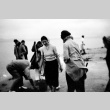
img
Digging razor clams (ddr-densho-15-98)
These women, known as the Hood River Maidens, are digging razor clams in the Long Beach area. The origin of the Hood River Maidens is unknown.
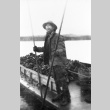
img
Oyster farmer (ddr-densho-15-99)
Hisato "Monks" Yano harvesting oysters with tongs. Tongs were used when the tide was not completely out. Oysters were collected between two rakes, one at the end of each pole. The harvester pushed the poles together, closing the rakes, then pulled up the oysters. One load weighed approximately 20 to 30 pounds.
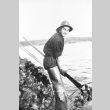
img
Oyster farmer (ddr-densho-15-100)
Norio Mitsuoka is farming oysters. Two long tongs allowed farmers to harvest oysters before the tide was completely out. Each tong had a "rake" at the end, and the farmers would scoop the oysters together between the rakes and haul them up. When full, the load weighed approximately 20 to 30 pounds. Oyster harvesters were paid …

img
Oyster farmer (ddr-densho-15-101)
"Turk" Fugiya pushes a bateau, a small barge, with a pole. The harvested oysters were loaded on bateaux and moved by towing or by digging and pushing off on long poles.

img
Farmer standing on an oyster bed at low tide (ddr-densho-15-103)
Mr. Okazaki stands on an oyster bed at low tide.
